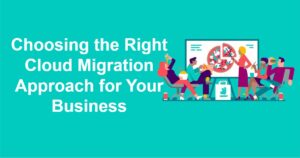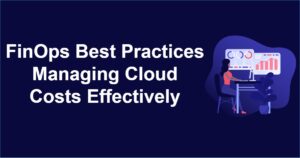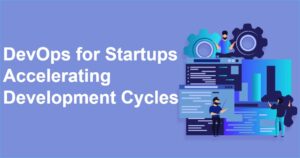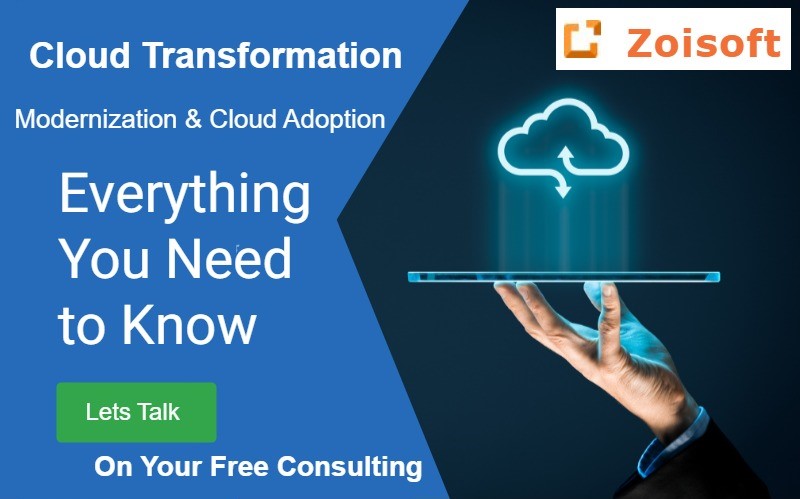Successful cloud migration goes beyond just moving to the cloud; it’s about ensuring a seamless and efficient transition that maximizes the benefits for your business. By following these steps and best practices, you can navigate the complexities of cloud migration and position your business for success in the digital age.
This guide gives you the knowledge and guidance needed to embark on your cloud migration journey confidently. Remember, the cloud offers unparalleled opportunities for growth, efficiency, and innovation. You can harness its full potential by making the right choices and planning meticulously.
Whether you’re considering migrating a single application or your entire infrastructure, this step-by-step guide will be your roadmap.
Understanding Cloud Migration
What is Cloud Migration?
Cloud migration is the process of moving applications, data, and other components from on-premises infrastructure to cloud environments. It represents a fundamental shift in how businesses operate their IT systems. The cloud offers scalability, flexibility, cost-efficiency, and access to cutting-edge technology. Understanding the core concept and why businesses are making this transition is crucial.
Why Cloud Migration Matters
The business landscape rapidly evolves, and staying competitive requires agility and scalability. Cloud migration offers several compelling benefits:
- Cost Efficiency: One of the most significant advantages is cost reduction. With the cloud, you pay only for the resources you use, eliminating the need for extensive on-premises infrastructure.
- Scalability: Cloud environments can easily scale up or down based on demand. This flexibility allows businesses to accommodate growth without the headaches of physical expansion.
- Agility: Cloud services enable rapid deployment of resources, reducing time-to-market for new applications and services.
- Innovation: Cloud providers continually introduce new services and features. Businesses that migrate to the cloud can leverage these innovations without the hassle of managing them in-house.
Assessing Your Current Infrastructure
Infrastructure Audit
Before diving into cloud migration, it’s crucial to understand your existing infrastructure. A comprehensive infrastructure audit involves:
- Asset Inventory: Document all hardware, software, and data assets.
- Dependency Mapping: Identify the interdependencies among various components.
- Performance Analysis: Assess the current performance and bottlenecks.
Identifying Migration Candidates
Not all applications and data are suitable for migration. Evaluating and prioritizing based on business goals and technical feasibility is essential. Factors to consider include:
- Business Criticality: Determine which applications are mission-critical and should be prioritized.
- Data Sensitivity: Assess the sensitivity of data being migrated and ensure compliance with security standards.
- Compatibility: Check if applications are compatible with the cloud environment.
Choosing the Right Cloud Solution
Public, Private, or Hybrid Cloud?
Cloud environments come in various forms: public, private, and hybrid. Choosing the right one for your business is critical:
- Public Cloud: Services are provided by third-party vendors, making them cost-effective and scalable. However, they might not offer the level of control and security some businesses require.
- Private Cloud: A dedicated cloud environment offers more control and security but can be more costly to set up and maintain.
- Hybrid Cloud: Combining public and private clouds allows businesses to balance cost efficiency and control, offering greater flexibility.
Planning Your Migration Strategy
Creating a Migration Roadmap
A well-structured plan is essential for a successful migration. Your roadmap should include:
- Timelines: Define specific timelines for each phase of migration.
- Milestones: Identify key milestones like data migration completion or application deployment.
- Responsibilities: Clearly define who is responsible for each task.
Risk Assessment
Migrating to the cloud involves various risks and challenges. Anticipate and mitigate potential issues by conducting a risk assessment. Common risks include:
- Data Security: Ensuring data remains secure during and after migration.
- Downtime: Minimizing disruptions to business operations during migration.
- Compatibility Issues: Addressing potential compatibility problems with legacy applications.
Executing the Migration
Data Migration
Data is often a company’s most valuable asset. Migrating it safely and efficiently is paramount. Consider strategies such as:
- Data Backup: Ensure you have reliable data backups before initiating migration.
- Data Transfer: Utilize secure channels and encryption during data transfer.
- Data Validation: Verify that data is complete and accurate post-migration.
Application Migration
Migrating applications requires careful planning and execution:
- Application Testing: Thoroughly test applications in the cloud environment to ensure they function as expected.
- Dependencies: Ensure that all application dependencies are addressed.
Post-Migration Considerations
Testing and Validation
After migration, thorough testing and validation are crucial. This step involves:
- Functional Testing: Ensure all applications and services are working correctly.
- Performance Testing: Assess the performance of applications in the cloud environment.
Cost Optimization
Cloud costs can spiral if not managed effectively. Implement strategies to:
- Monitor Costs: Continuously monitor cloud costs and set budget alerts.
- Resource Optimization: Identify and eliminate underutilized resources.
Monitoring and Maintenance
Cloud Management Tools
Consider using cloud management tools to keep your cloud environment healthy and efficient. These tools help with:
- Resource Monitoring: Track resource usage to optimize performance and costs.
- Security: Implement security measures and monitor for potential threats.
- Compliance: Ensure your cloud environment complies with relevant regulations.




